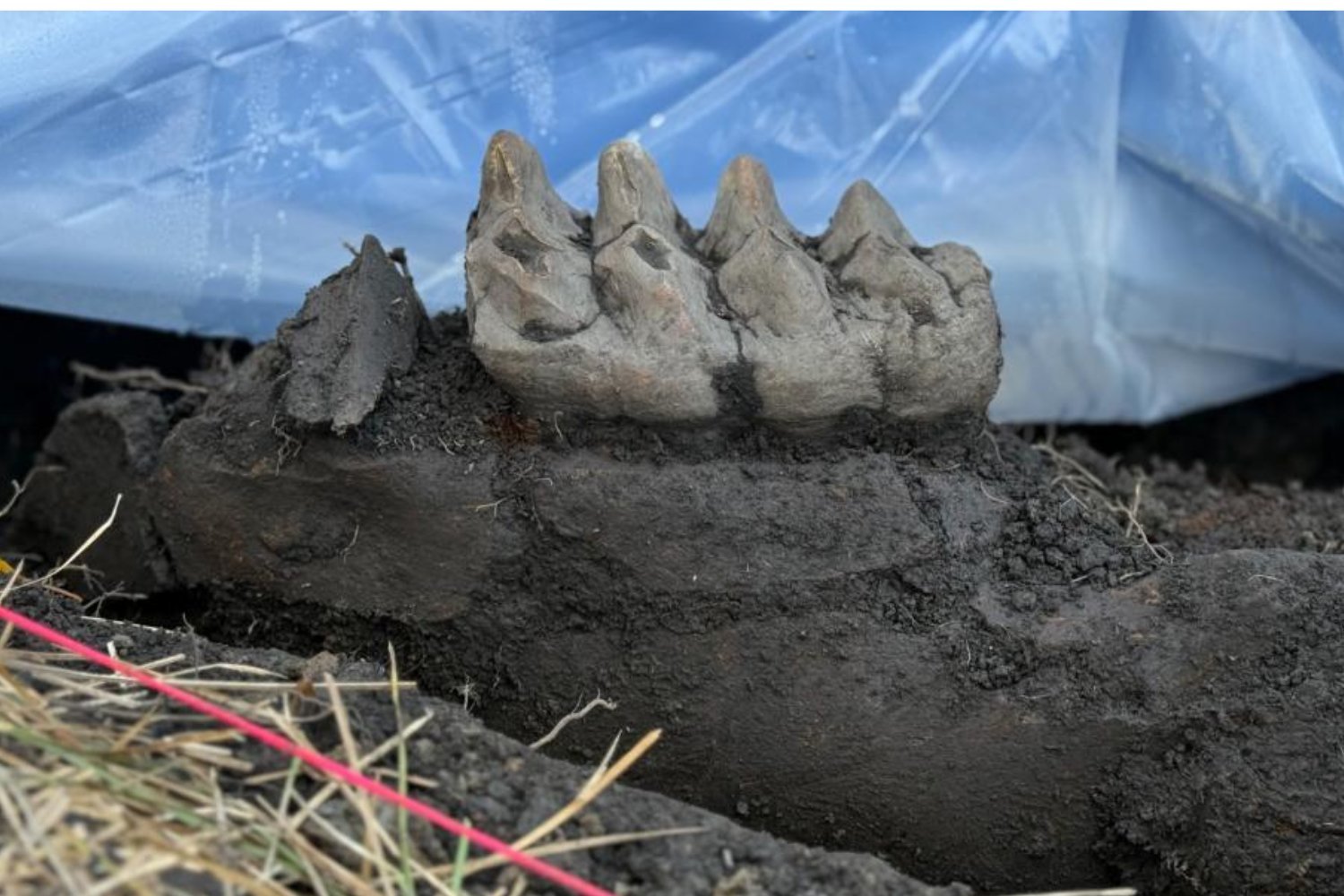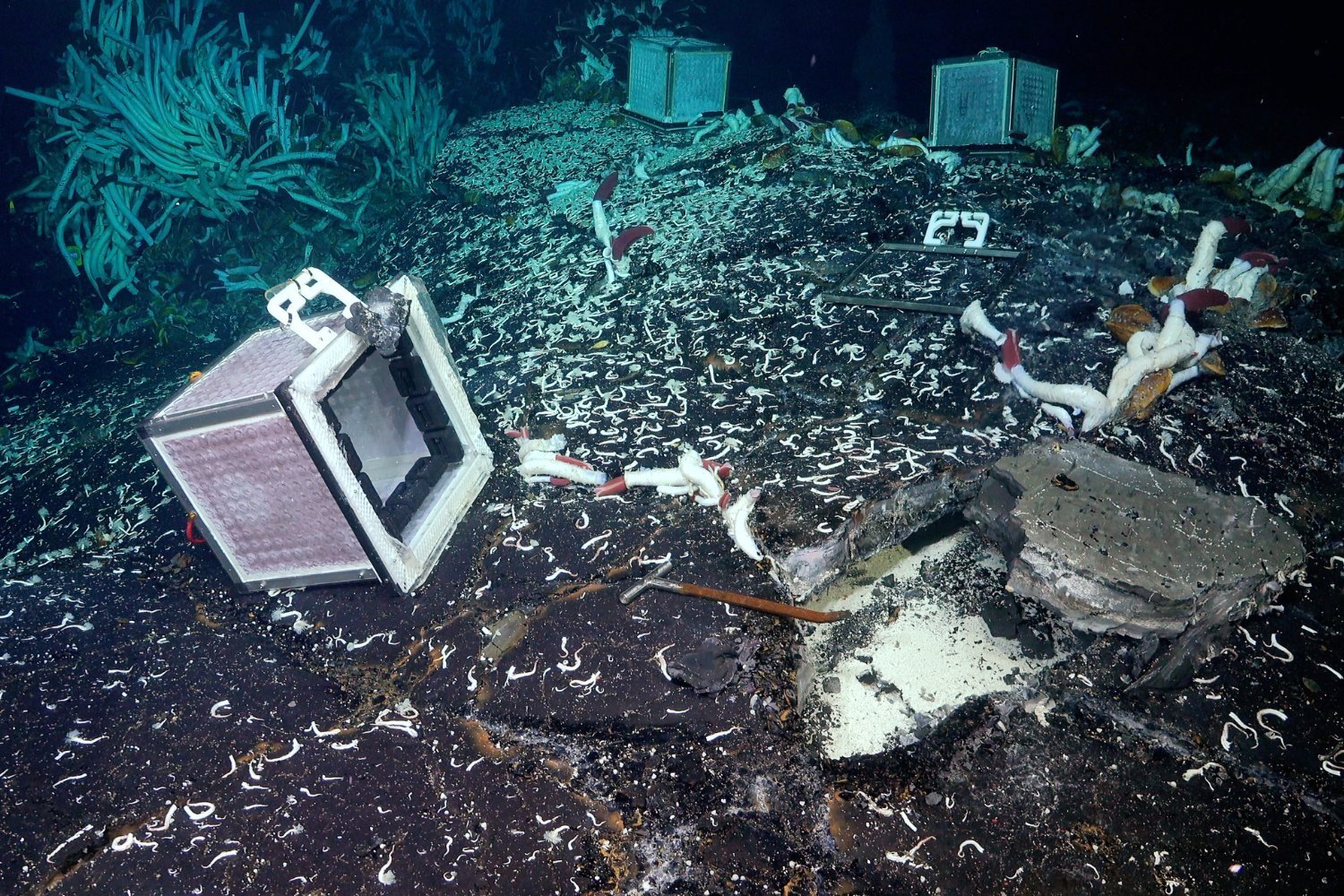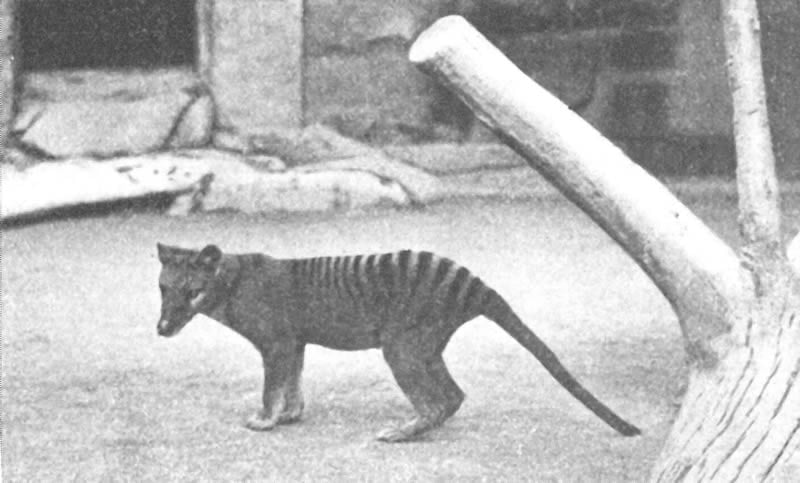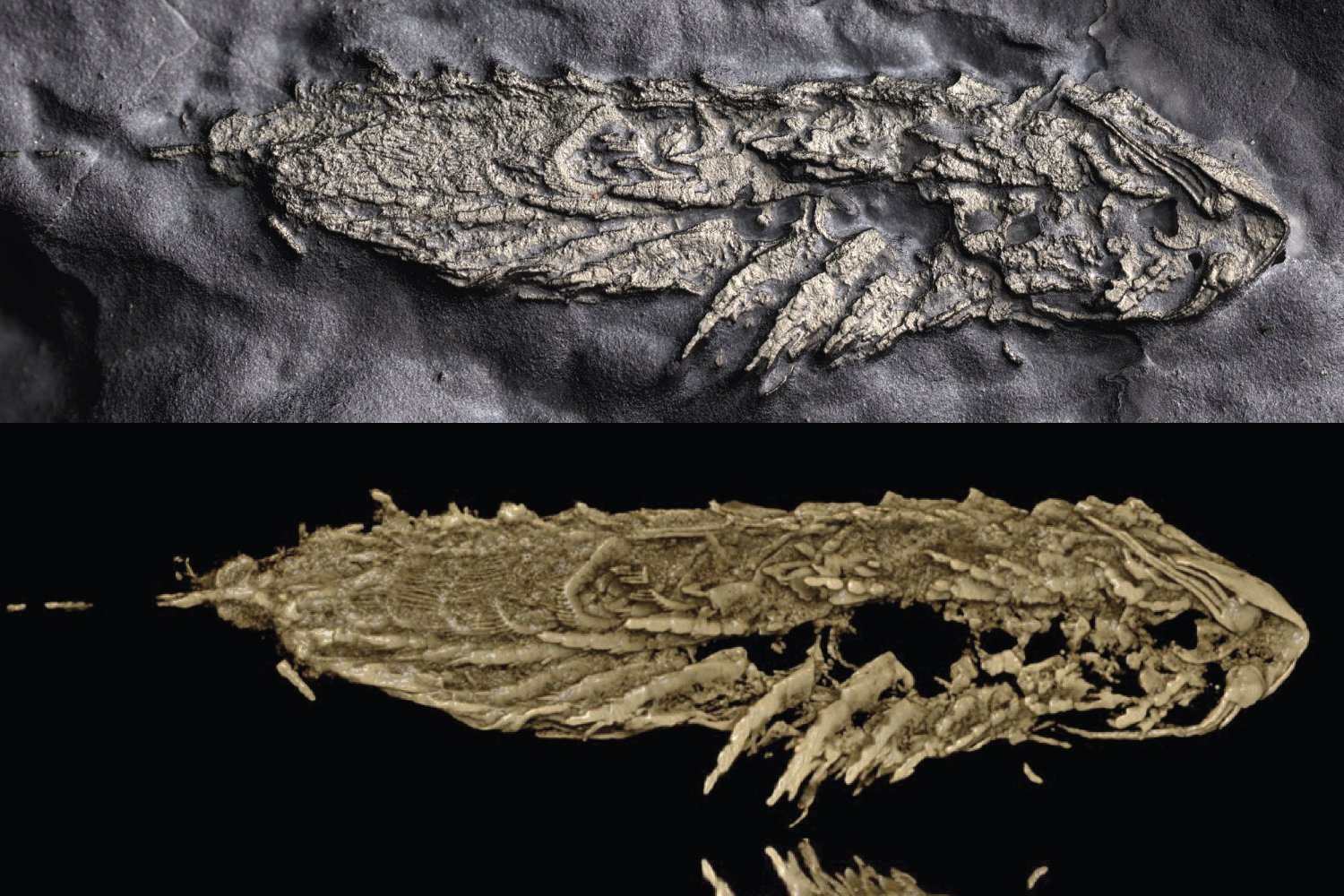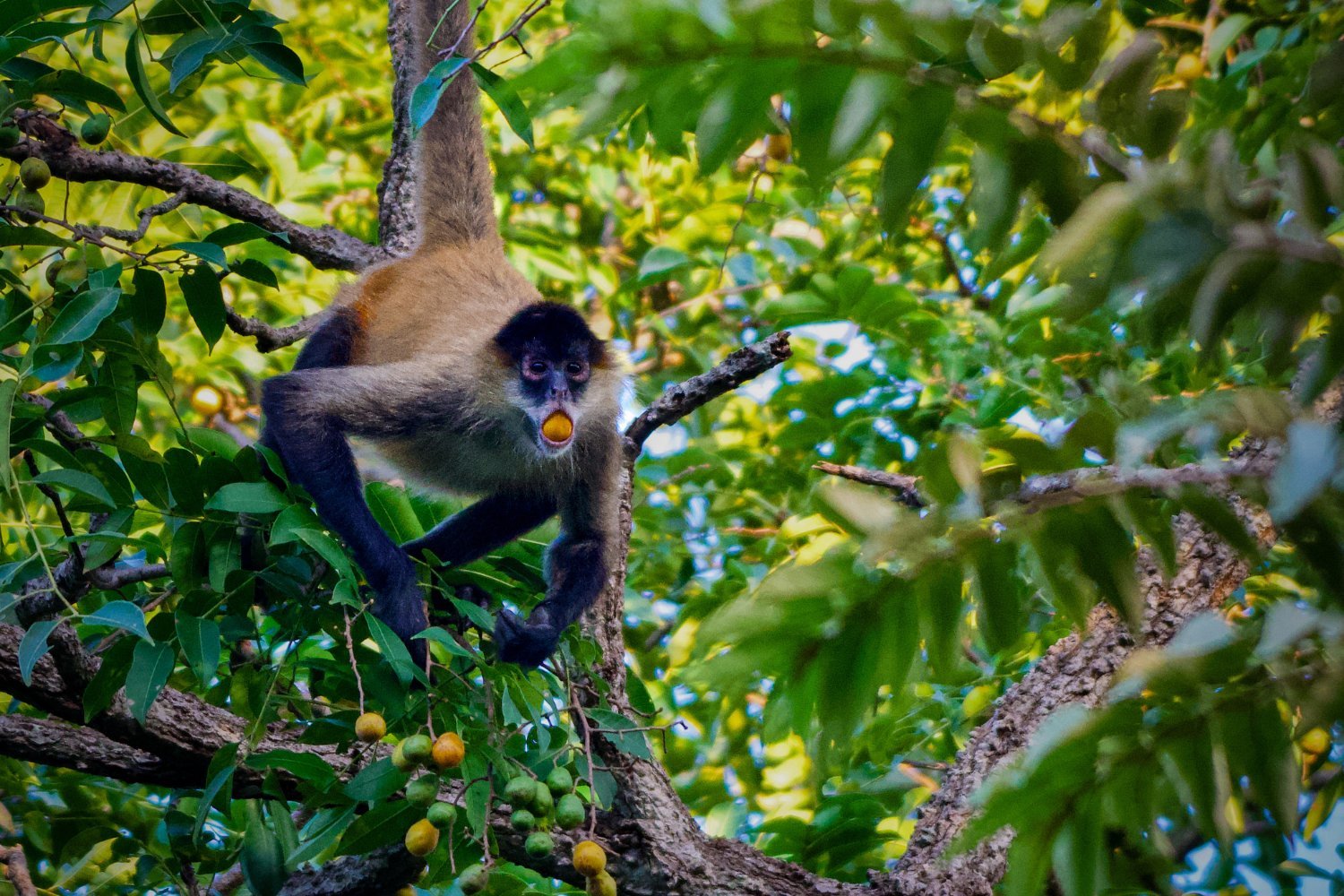A Scotchtown, New York, homeowner stumbled upon a remarkable piece of prehistory while gardening: a fossilized mastodon jaw complete with teeth. Located approximately 70 miles northwest of New York City, this discovery marks the first mastodon fossil found in the state in over a decade.
New York has a rich history of mastodon discoveries, starting with the first North American find by a Dutch farmer in Claverack in 1705. Since then, around 150 fossils of these extinct elephant relatives have been unearthed across the state, with Orange County accounting for roughly a third of them. New York City alone boasts over a dozen mastodon fossil finds, highlighting the region’s significance as a mastodon habitat in the past. Often confused with mammoths, mastodons shared the Earth during the Pleistocene and parts of the Holocene epochs. Key differences include the mastodon’s flatter head, less curved tusks, and most notably, their conical-pointed teeth, from which their name, meaning “breast tooth,” derives.
A Prehistoric Surprise
The homeowner, who prefers to remain anonymous, initially mistook the fossilized teeth for baseballs. Upon closer inspection, however, he recognized their unique nature and contacted experts at the New York State Museum.
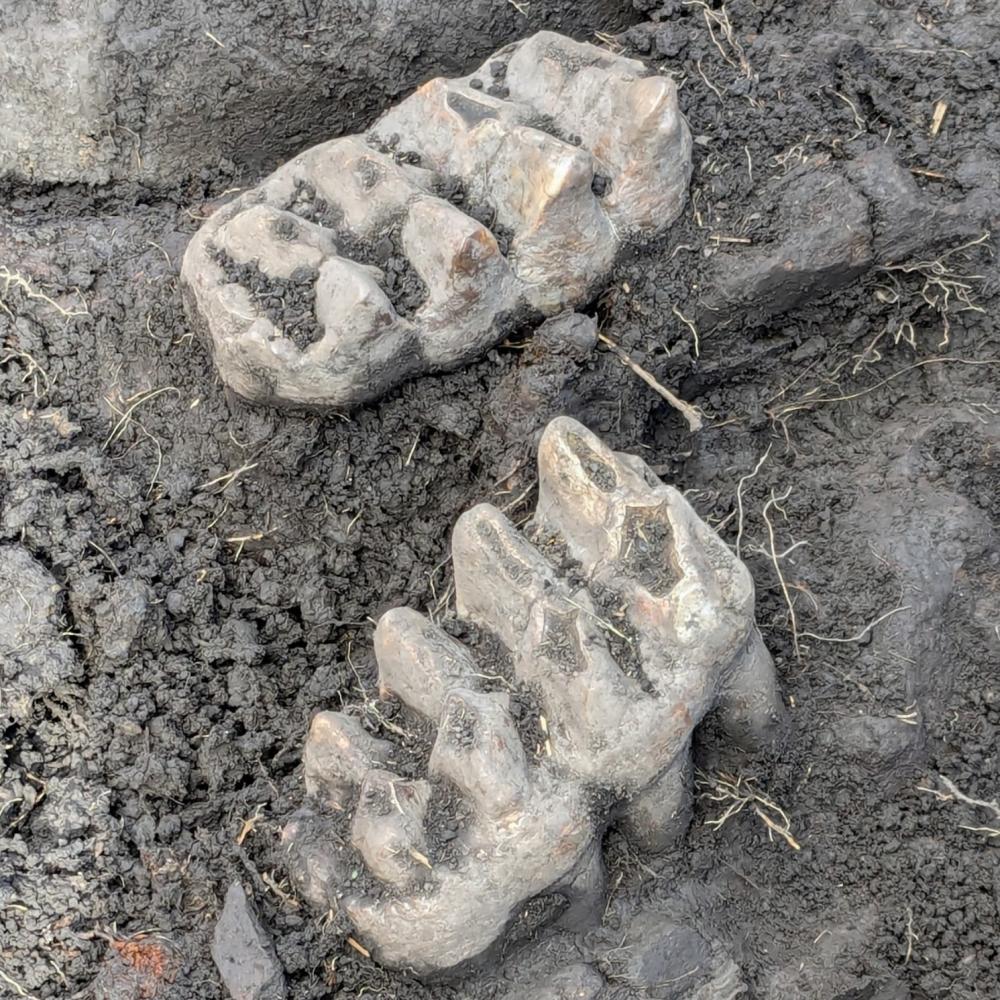 The mastodon teeth.
The mastodon teeth.
“When I found the teeth and examined them in my hands, I knew they were something special,” the homeowner stated in a museum release. He expressed his excitement about the property’s contribution to scientific discovery.
Further Excavation and Research
Subsequent excavation by museum staff and the State University of New York, Orange County, uncovered additional treasures: a toe bone fragment and a piece of a rib, alongside the complete adult mastodon jaw. These supplementary findings provide valuable context and potential for further investigation, according to SUNY Orange anthropologist Cory Harris. The team plans to explore the surrounding area for additional remains.
Unraveling the Past
Recent advancements in ancient DNA research are shedding light on the lives of North American mastodons. The 2022 study of the Buesching mastodon, nicknamed Fred, extracted a detailed life history from its 13,000-year-old tusk. Researchers intend to carbon date the newly discovered jaw to pinpoint its age and glean insights into the mastodon’s diet and habitat, similar to the research conducted on Fred. The fossil is slated for public display at the New York State Museum in 2025.
A Legacy in Fossils
While North American proboscideans, including mastodons, went extinct around 10,500 years ago, their remains continue to offer valuable glimpses into their existence. This latest discovery in a New York backyard underscores the ongoing potential for uncovering prehistoric secrets hidden beneath our feet.



